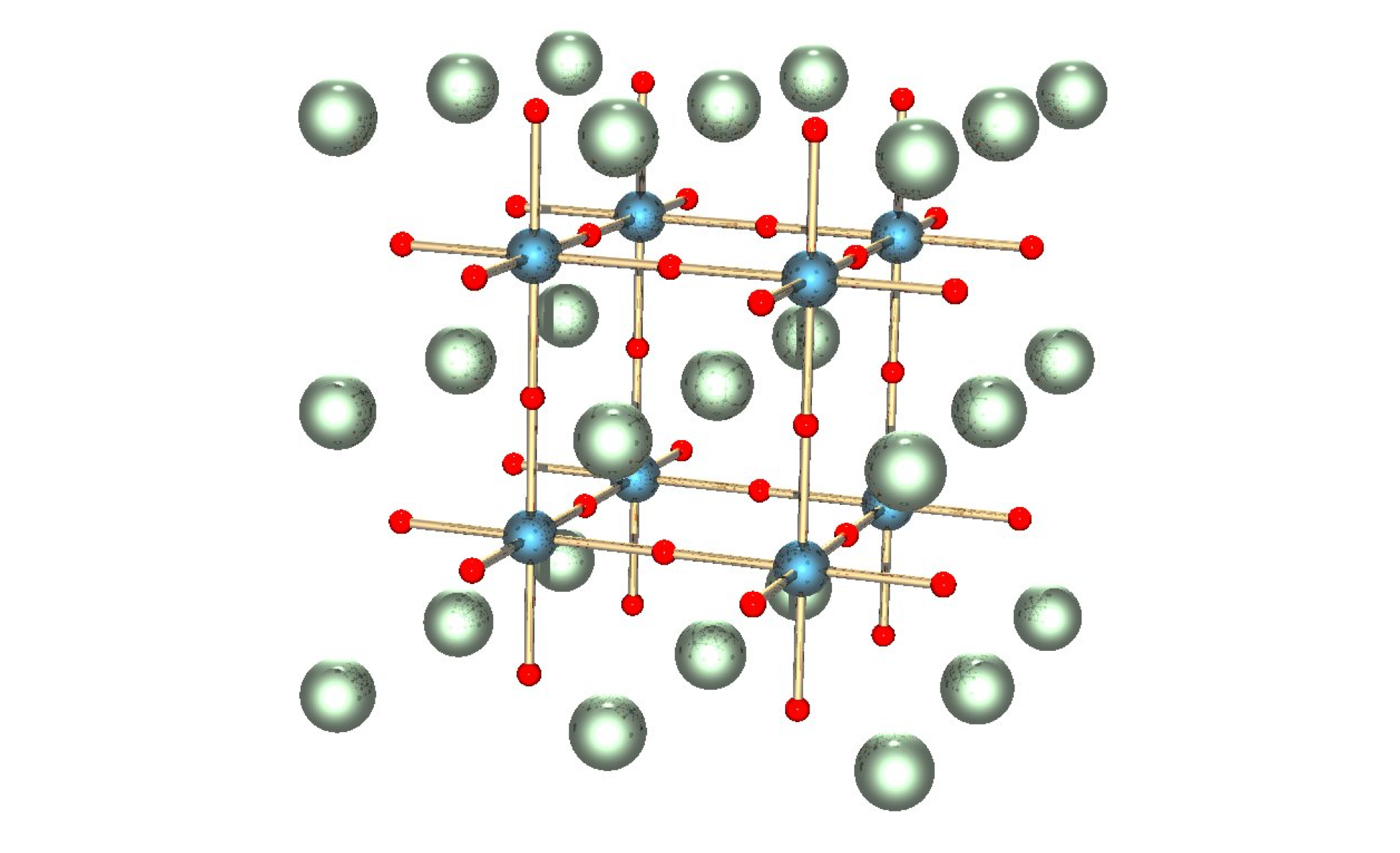Hydrothermal Synthesis of Perovskite Nanotubes
A monophasic perovskite nanotube, characterized by means of X-ray diffraction and transmission electron microscopy.
Behavior of ferroelectric materials at the nanoscale dimension is of importance to the development of molecular electronics, in particular for random access memory (RAM) and logic circuitry. Transition metal oxides with a perovskite structure are noteworthy for their advantageous dielectric, piezoelectric, electrostrictive, pyroelectric and electro‑optic properties.
Monophasic essentially denotes a perovskite nanotube that has a single phase such as a cubic crystalline structure, in which the perovskite is homogeneously present throughout the nanotube structure. In addition to a cubic crystalline structure, the nanotubes can have a rhombohedral, orthorhombic, or tetragonal crystalline structure. The structure is comprised of a single component, therefore there is no defined interface present in the nanotube. The array of monophasic perovskite nanotubes, each have an outer diameter from 1nm to about 500 nm.
 Please note, header image is purely illustrative. Source: Cadmium, Wikimedia Commons, public domain.
Please note, header image is purely illustrative. Source: Cadmium, Wikimedia Commons, public domain.
In many prior art methods, organometallic precursors, which are extremely toxic, expensive, unstable, explosive and or pyrophoric are employed. Prior art methods of fabricating monophasic perovskite nanotubes that include harsh reaction conditions that may have an adverse effect on the resultant nanotubes.
Nanotechnology, materials or surface science (e.g nano-composites).
Patented
Available for License.
Development partner,Commercial partner,Licensing
Patent Information:
| App Type |
Country |
Serial No. |
Patent No. |
Patent Status |
File Date |
Issued Date |
Expire Date |
|